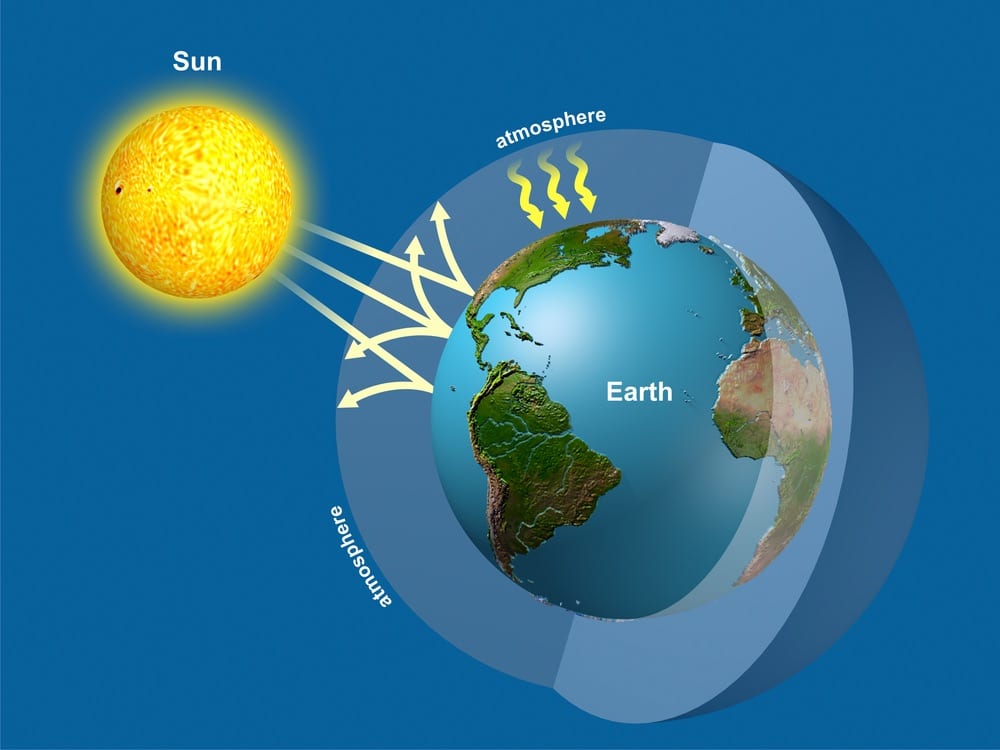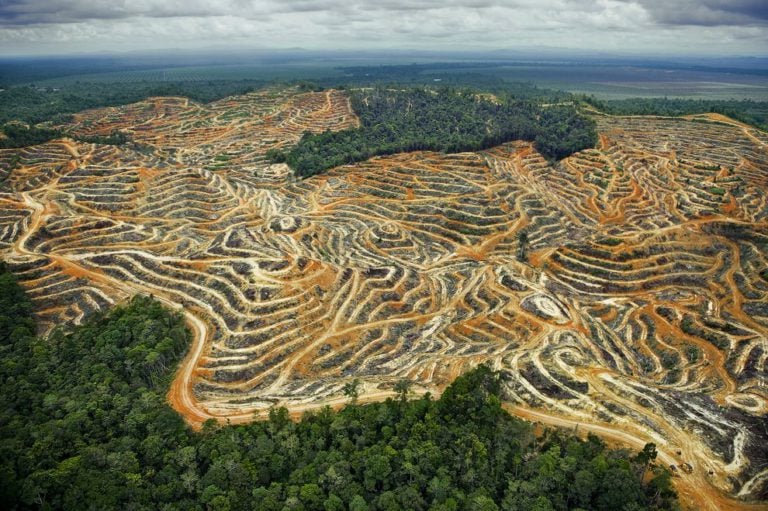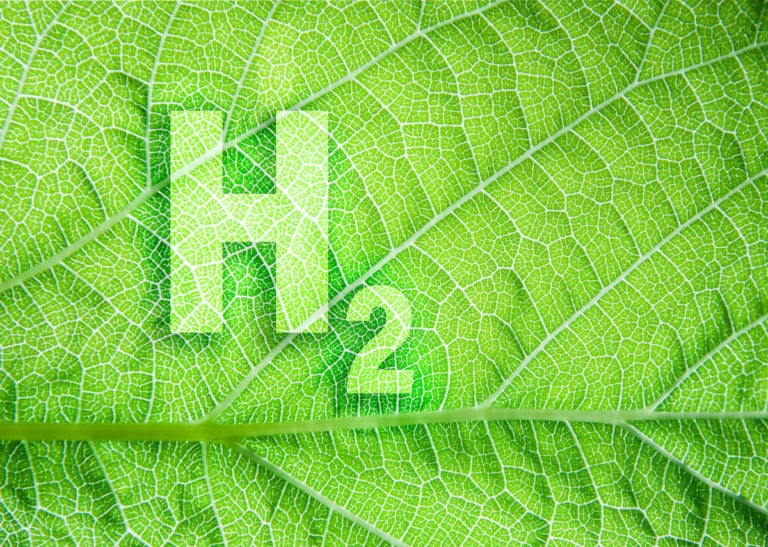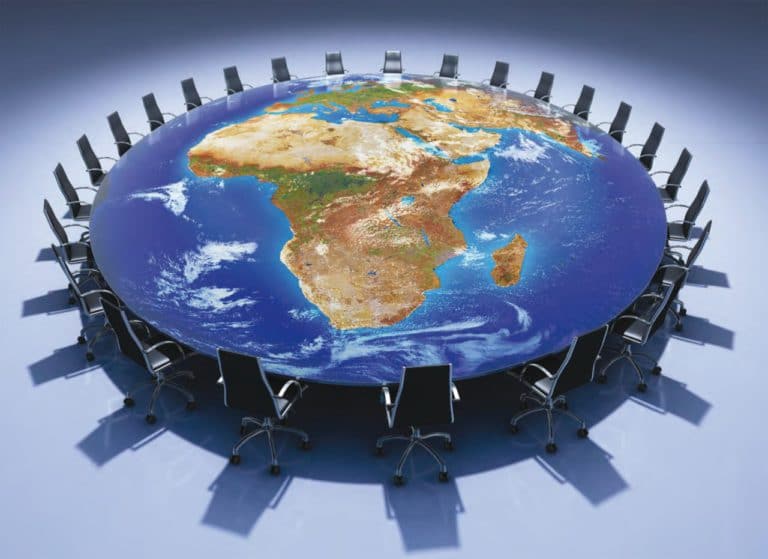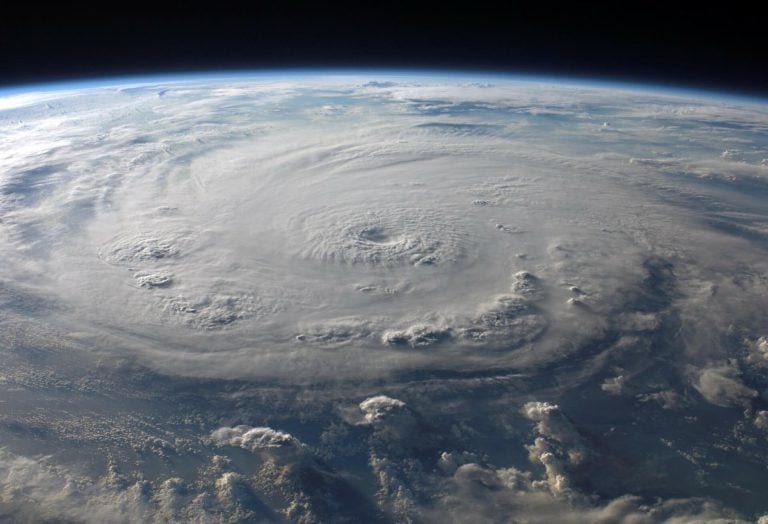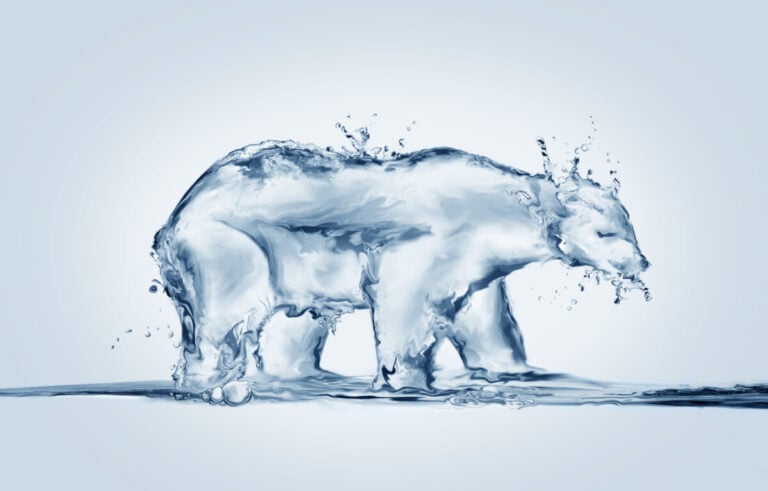One of the most urgent and discussed environmental problems is the greenhouse effect.
- What is the greenhouse effect in the Earth's atmosphere
- What are greenhouse gases
- Causes of the greenhouse effect
- What increases the greenhouse effect
- Consequences of the greenhouse effect
- Map of greenhouse gas emissions
- Measures to prevent and reduce the greenhouse effect
- Greenhouse effect video
- Interesting facts about the greenhouse effect
Hundreds of articles and scientific works are devoted to this phenomenon. According to scientists, it has a strong influence on the climate balance of the planet.
What is the greenhouse effect in the Earth’s atmosphere
This global problem has existed for a long time. But with the development of technologies that increase emissions into the atmosphere, with an increase in the number of cars and a general deterioration in the environment, it is becoming increasingly relevant. According to statistics, the average temperature of the planet has increased by 0.74° over the past century alone. At first glance, this seems like quite a bit. But even such an increase has already led to irreversible climate change.
Who discovered the mechanism of the greenhouse effect? For the first time this definition was used in 1827 by J. Fourier. On this topic, he even wrote a voluminous article in which he considered various schemes for the formation of the earth’s climate. It was Fourier who first put forward and confirmed the idea that the optical properties of the earth’s atmosphere are similar to those of glass.
Later, the Swedish physicist Arrhenius, while studying the infrared properties of water vapor and carbon dioxide, put forward the theory that their accumulation in the atmosphere can cause an increase in the temperature of the entire planet. Subsequently, on the basis of these studies, the concept of the greenhouse effect arose.
What are greenhouse gases
Greenhouse gases is the collective name for a number of gases that can trap the planet’s thermal radiation. In the visible range, they remain transparent, while absorbing the infrared spectrum. There is no definite formula for greenhouse gases. Their percentage may change constantly. So what are greenhouse gases?
List of greenhouse gases
The main greenhouse gases are:
- Carbon dioxide. The longest living in the atmosphere, as a result of which it constantly accumulates.
- Methane. Due to a number of properties, it has a stronger activity. According to Wikipedia, its level in the atmosphere has increased by more than 150 times since 1750.
- Nitrous oxide
- Perfluorocarbons – PFCs.
- Hydrofluorocarbons (HFCs).
- Sulfur hexafluoride (SF6).
Ozone protects the planet from solar ultraviolet radiation. Its deficiency contributes to the formation of ozone holes.
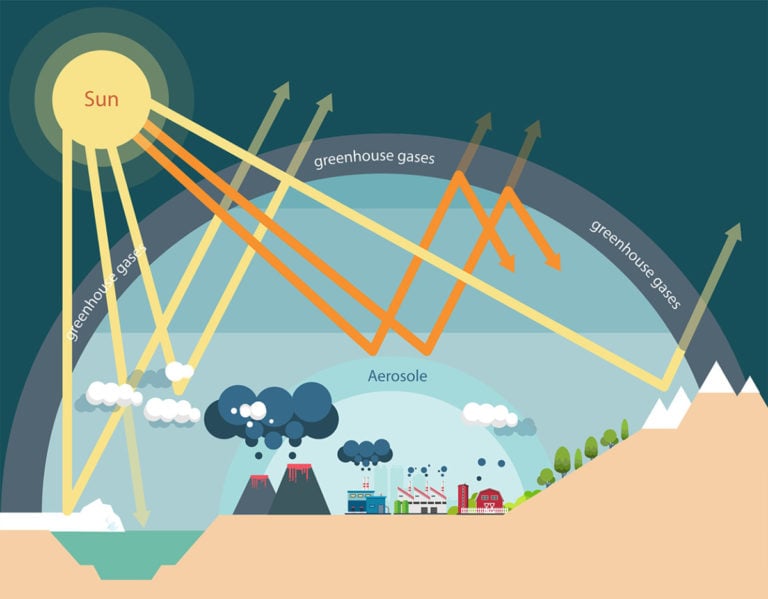
In addition to the main greenhouse gases, water vapor also increases the greenhouse effect in the atmosphere. In fact, it is the main reason for the increase in temperature and humidity.
In addition to the above, greenhouse gases include nitrogen oxides and freons. Due to active human activity, their concentration increases every year, which significantly exacerbates the negative impact on the environment.
Sources of greenhouse gases
Greenhouse gases lead to significant climate changes, by their nature, the sources of their formation can be divided into 2 large groups:
- Man-made. They are the main cause of the greenhouse effect. These include various industries that use the combustion of hydrocarbon fuels, the development of oil fields, emissions from automobile engines.
- Natural. They play a secondary role. Most of the natural greenhouse gases enter the atmosphere during volcanic eruptions. This group also includes the evaporation of the World Ocean and large forest fires.
Causes of the greenhouse effect
The main reason for the development of the greenhouse effect on Earth are gases accumulating in the atmosphere. Exceeding their concentration leads to a change in the heat balance. Additionally, the ozone layer can also be involved in this process. Under the influence of freon and nitrogen oxides, which are also included in the list of greenhouse gases, it begins to rapidly break down and become thinner. As a result, the level of hard ultraviolet radiation increases dramatically. Thus, the greenhouse effect and the destruction of the ozone layer are a chain of interrelated events that have a significant impact on the biogeocenosis of the entire planet.
The main causes of the greenhouse effect include:
- The rapid growth of industry using oil, gas and other fossil hydrocarbons as energy sources. They account for about half of all gas emissions.
- Massive deforestation. In the process of photosynthesis, trees absorb carbon dioxide and produce oxygen, forests are the “lungs of the planet”, their destruction is fraught with a sharp increase in the amount of carbon dioxide in the atmosphere.
- Development of agriculture. As a result of the decay of animal waste products, a large amount of methane is produced, which is one of the most aggressive greenhouse gases.
What increases the greenhouse effect
In addition to human activities, natural causes can also contribute to the enhancement of the greenhouse effect.
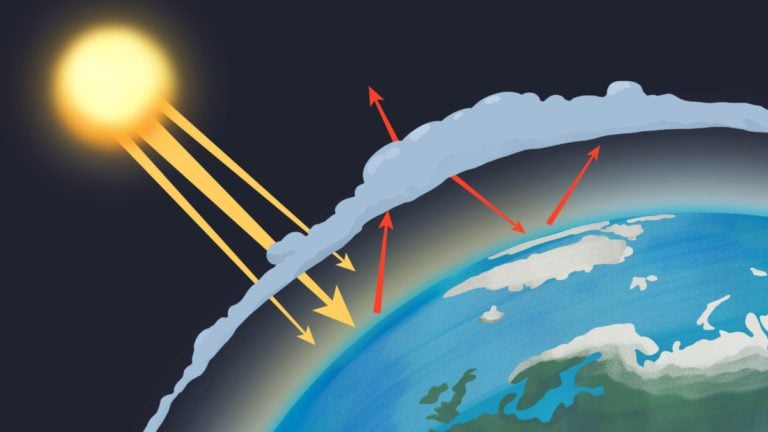
For example, large volcanic eruptions or mass burning of forests. An increase in temperature on the Earth’s surface as a result of the thinning of the ozone layer leads to increased evaporation of moisture, which also aggravates the situation. The relationship between the greenhouse effect and the ozone layer has long been proven. An increase in the concentration of water vapor in the atmosphere is a fundamental factor in the development of the problem.
Consequences of the greenhouse effect
The consequences, as well as the causes of the greenhouse effect, are very diverse. Its influence on the climate is especially strong. In simple terms, greenhouse gas emissions can lead to a number of significant changes:
- Decrease or increase in precipitation. In a number of climatic zones, rains will become more rare, while others, on the contrary, will suffer from constant storms and flooding.
- Rising sea levels. This will be one of the most significant consequences of the greenhouse effect. As a result of the melting of the ice of Antarctica and Greenland, large areas will be flooded, which will destroy all coastal settlements. At the same time, it should be noted that a significant part of the population lives in them, which will be without housing and livelihoods.
- Death of entire ecosystems. In short, the greenhouse effect will cause significant climate change. As a result, many biological species will not be able to adapt to rapidly changing conditions and will simply die. Their disappearance from the food chain will lead to a “domino effect”.
Climate change will also affect human health. Due to abnormally high temperatures, the number of heart, lung and respiratory diseases will increase significantly. Therefore, there is no benefit from the greenhouse effect, but the harm is very significant.
Map of greenhouse gas emissions
For a more complete picture of the scale and nature of the greenhouse effect, Google developed a map of greenhouse gas emissions in 2012, which shows which places on Earth have the most of them. It displays the emission levels of all industrialized countries using color coding. The creation of the map was timed to coincide with the end of the Kyoto Protocol.
Source and developer of the service: Google.com. Terms of Use.
Measures to prevent and reduce the greenhouse effect
Changes in the climate on Earth have already occurred repeatedly. In short, their consequences were catastrophic. An example is the well-known Ice Age. Its influence on living organisms was very significant. Some species simply died out, never adapting to a sharp cold snap. Remains of ice from that time are still preserved in Antarctica and Greenland.
What needs to be done to reduce the greenhouse effect and prevent another cataclysm? How to deal effectively with a global problem? At the moment, all the factors contributing to the accumulation of gases in the atmosphere have already been identified. According to experts studying the physical foundations of the greenhouse effect, there are several ways to solve this problem:
- Reduce emissions of harmful substances from industrial activities.
- Actively introduce environmentally friendly technologies using alternative energy sources. This will allow us to refuse or at least minimize the consumption of fuel hydrocarbons.
- Stop active deforestation.
- The elimination of natural landfills also contributes to the reduction of greenhouse gas emissions into the atmosphere, because they are the source of methane, freon and nitrogen oxides.
There are various ways to solve the problem of the greenhouse effect. The main thing is that the struggle should be conducted at the international level. To correct the current situation, the efforts of all mankind are needed. Gas emissions are a global problem, it concerns the entire planet as a whole, and not individual countries.
Greenhouse effect video
Interesting facts about the greenhouse effect
- Russian forecasters have calculated that if gas emissions remain at the same level, then by 2080 the climate of Siberia will become much warmer. Winter temperatures will rise by an average of 9°C and summer temperatures by 5.7°C. At the same time, the level of precipitation will also increase, by an average of 140 mm per year, and the area of permafrost will decrease by a quarter.
- In 2020, Tomsk scientists will resume research on the Arctic climate. Their attention was attracted by the increased concentration of methane. It and other gases are released when permafrost melts. A special scientific aircraft will be attracted for research. With its help, scientists will be able to make a complete analysis of the air environment.
- The largest diamond mining company Alrosa reported a decrease in the intensity of gas emissions from 2016 to 2018 by 52%. As you know, the mining industry occupies a leading position in terms of the amount of emissions into the atmosphere. To maintain positive dynamics, all of the company’s vehicles are being switched to more environmentally friendly gas engines.
